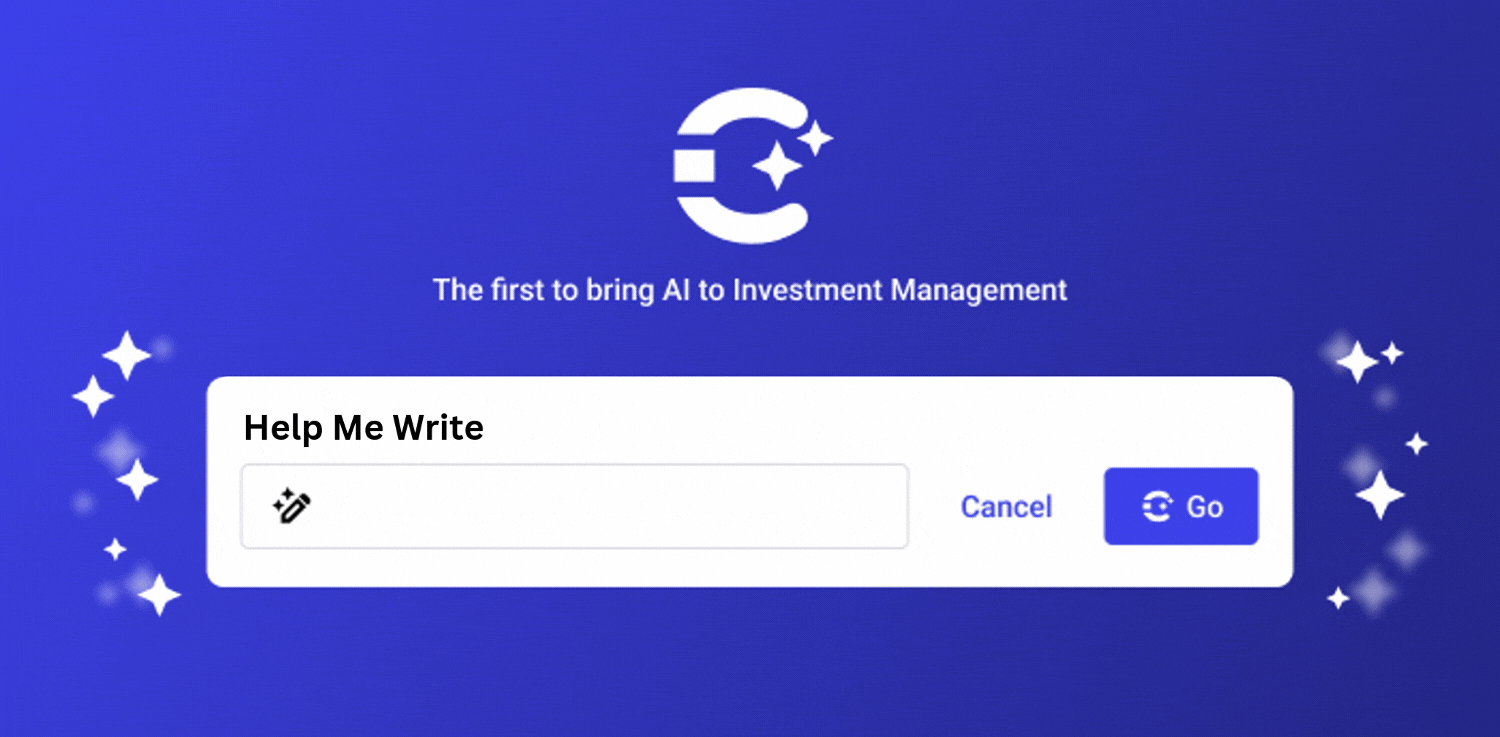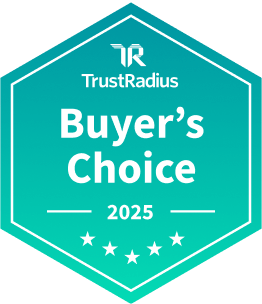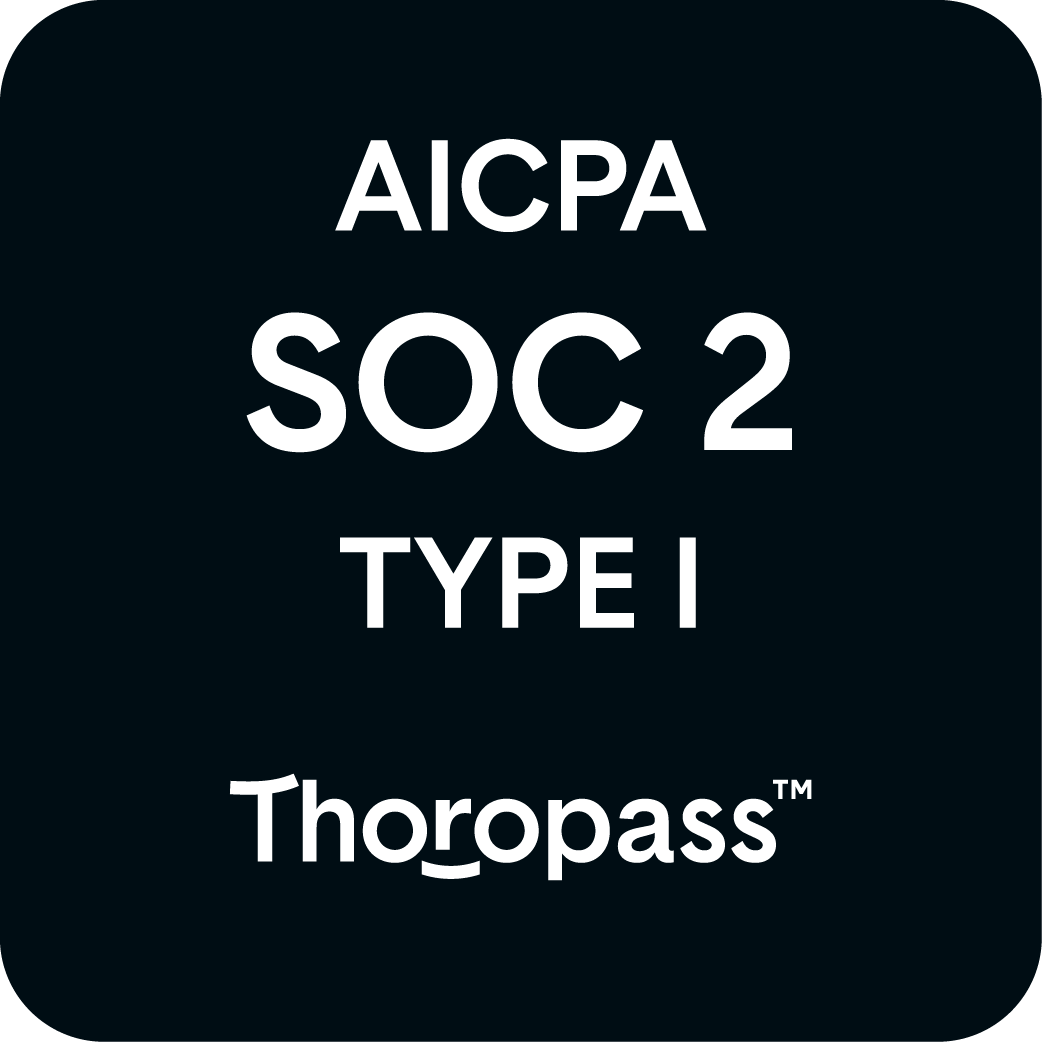Create a K1 for Real Estate Investors
As we enter tax season in the US, many GPs are scrambling to create a K1 tax form for each investor before the March deadline. GPs and real estate firms that manage a large volume of positions may outsource this task to a lawyer, accountant or fund administrator, but many small and mid-sized GPs are tasked with manually creating and distributing K1s to each investor themselves. It can be quite a time-consuming and, at times, chaotic and confusing process if you are the one solely responsible for this task. In this article, we’ll review the K1 tax form basics to help real estate GPs maximize their efforts and streamline the process along the way.
Note: Covercy is the first investment management platform to offer GPs and LPs completely customizable, end-to-end investment management solutions that include instant ACH debit payments. Covercy’s powerful banking integration makes it easier than ever for commercial real estate owners and their investors to keep pristine records come tax time. Click here to book a demo & see how Covercy could help streamline back-office operations, document management, and tax season for your firm.
What is a K1?
The K1 tax document is a form that is used to report income, losses, and other tax information for partners in a partnership or members in a limited liability company (LLC). In the context of real estate investing, K1 forms are commonly used for reporting income and losses from real estate partnerships or LLCs.
Real estate partnerships and LLCs are often structured as pass-through entities, which means that the income and losses from the partnership or LLC are passed through to the individual partners or members, who are then responsible for reporting this information on their personal tax returns.
The K1 tax document typically includes information such as the partner’s or member’s share of the partnership or LLC’s income, deductions, and credits, as well as information about any capital gains or losses. This information is used to calculate the partner’s or member’s individual tax liability.
It’s important to note that the information reported on a K1 tax document can be complex, and it’s advisable for real estate investors to seek the advice of a tax professional to ensure that they are properly reporting their income and losses on their tax returns.
Is there software to help me create a K1?
Yes, there are various software programs available that can help generate K1 forms for real estate investors. These software programs are designed to simplify the process of preparing and filing K1 tax documents for partnerships and LLCs.
Some popular software programs that can generate K1 forms for real estate investors include TurboTax, H&R Block, and TaxAct. These programs typically require you to enter your business income and expenses, as well as your partner or member information, and then automatically generate the K1 forms for you.
In addition, many accounting software programs such as QuickBooks and Xero have integrations with tax software providers that can help generate K1 forms as part of the accounting and bookkeeping process. QuickBooks also integrates with many investment management tools, including Covercy, that further helps streamline and automate the K1 creation and distribution process in a secure manner.
It’s important to note that while these software programs can be helpful in generating K1 forms, they are not a substitute for the advice of a qualified tax professional. Real estate investors should consult with a tax professional to ensure that they are properly reporting their income and losses on their tax returns and that they are taking advantage of all available deductions and credits.
What is the penalty for being late distributing K1s to my investors?
The penalty for being late in distributing K1 tax forms to investors in a real estate partnership or LLC can vary depending on the specific circumstances, but it can be significant.
The Internal Revenue Service (IRS) requires partnerships and LLCs to create a K1 and distribute K1 forms to their partners or members by March 15th each year. If the K1 forms are not distributed by this deadline, the partnership or LLC may be subject to penalties.
As of 2021, the penalty for failing to timely file a K1 form is $280 per form per month, up to a maximum penalty of $3,000 per form. This penalty can apply for each month or partial month that the K1 form is late, and can quickly add up if multiple forms are late.
In addition, failure to timely distribute K1 forms can also result in additional penalties and interest on any taxes owed by the partnership or LLC and its partners or members. In some cases, the IRS may also initiate an audit or investigation of the partnership or LLC’s tax returns, which can be time-consuming and costly.
It’s important for real estate investors to ensure that K1 forms are distributed on time to avoid these penalties and to ensure that all tax reporting requirements are met. If you have missed the deadline for distributing K1 forms, you should consult with a qualified tax professional to determine the best course of action to address the situation.
What is included when I create a K1 form?
The K1 form includes the following information:
- Partner’s or shareholder’s identifying information, such as name, address, and tax identification number (TIN).
- Partner’s or shareholder’s share of the partnership’s or corporation’s income, including ordinary business income, capital gains, dividends, and interest income.
- Partner’s or shareholder’s share of the partnership’s or corporation’s deductions, such as depreciation, depletion, and other business expenses.
- Partner’s or shareholder’s share of any credits that the partnership or corporation is eligible for, such as research and development credits or investment tax credits.
- Information about any distributions made to the partner or shareholder, including the date and amount of the distribution.
It’s important to note that the K1 form is not filed with the individual’s personal tax return. Rather, it’s used to complete the individual’s tax return by including the K1 information on Schedule E (Form 1040), Supplemental Income and Loss.
Can I download a K1 form template?
You can download the K1 form, also known as Form 1065 Schedule K-1, from the official website of the Internal Revenue Service (IRS) at www.irs.gov. Here’s how to find and download the form:
- Go to www.irs.gov and click on “Forms & Instructions” at the top of the page.
- Under “Find All Current Forms & Instructions,” type “1065 Schedule K-1” in the search bar and hit enter.
- Click on the “Form 1065 Schedule K-1” link in the search results.
- On the page that appears, click on the “Download” button to download the form in PDF format.
Alternatively, you can use tax preparation software or online tax filing services to create a K1 form. If you’re a partner in a partnership, the partnership will provide you with a completed K1 form that you can use to report your share of the partnership’s income on your personal tax return.
Build the Best Commercial Real Estate Investor Reporting with Covercy
As one of the leading commercial real estate investment management platforms in the industry today, there’s no better solution to help you communicate and share the value you’re creating for your investors. Packed with features that support your daily and long-term workflows, Covercy empowers GPs and their teams across several key areas:
- Investor relations — build and manage your investor database
- Fundraising — market assets, conduct capital calls, and manage funds
- Banking Services— open and manage a variety of accounts from one platform
- Waterfall Distributions — automate distributions to investors in a matter of clicks
Throughout all of these feature areas and others, our platform comes with robust reporting capabilities for generating and disseminating informative updates, reports, and secure documents like K1s and other critical tax forms, to your investors, partners, and LPs. It’s all available in one platform — allowing you to simplify your tech stack and upgrade other key areas of your firm that may still be manual or time consuming.
Ready to make your work easier and more effective? Get a private demo of Covercy now.






